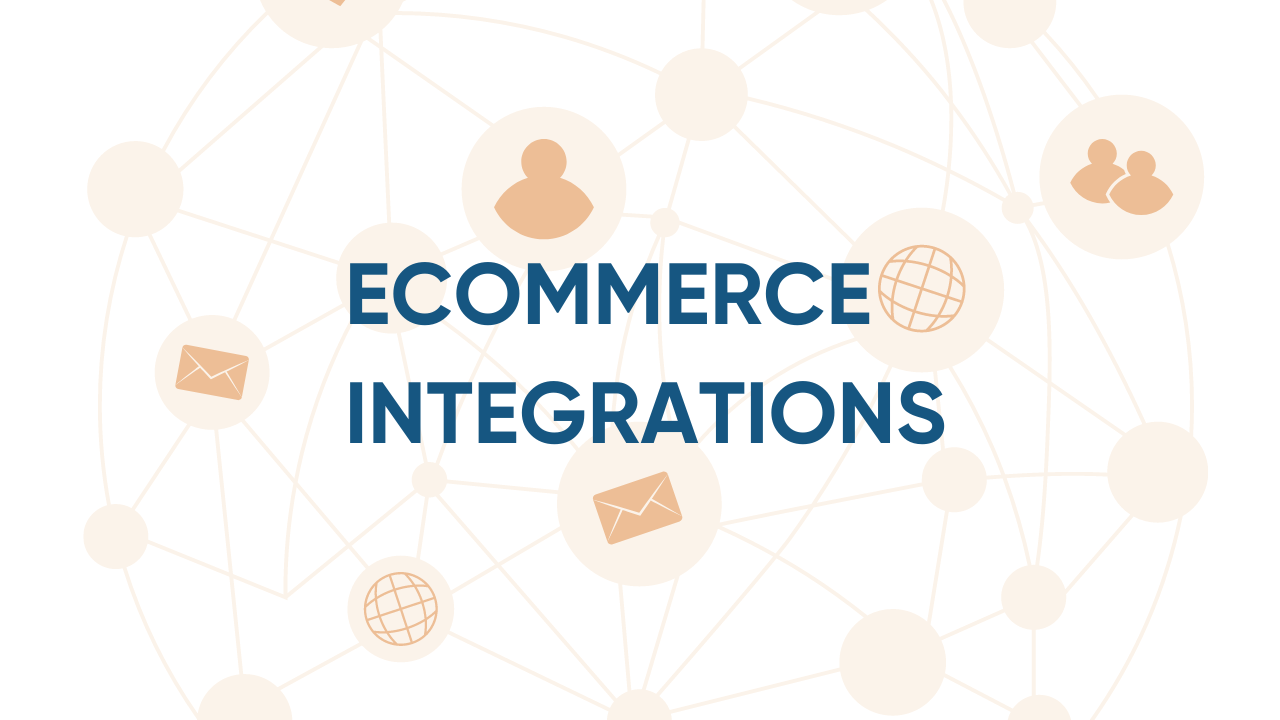What is pick, pack, and ship?
Fulfillment is often one of the biggest headaches that brands have to handle. Customers expect to get their orders quickly and to know exactly when their package will arrive. A slow or opaque fulfillment process, then, will negatively impact your customer's experience.
Consolidating the different parts of your order fulfillment process and your inventory management solution gives you the transparency, reliability, and speed to get your inventory to your customers as quickly as possible. In particular, you could automate and increase the efficiency of your fulfillment process by using a pick-pack-ship system.
Pick-pack-ship workflow
The pick-pack-ship system is an inventory management process that includes the following steps:
1. Receive order
The process begins when a customer makes an order on one of your ecommerce channels. Hopefully, your selling channels are all integrated with your fulfillment center software, and once your customer places an order, a packing slip is automatically generated in the warehouse.
2. Pick order
Using the packing slip, a picker sources the product from the warehouse. There are many options for picking methodologies, and the best one for you will depend on several factors, including the size of your ecommerce business and the amount of inventory you're managing. As your inventory grows, your storage system will become more complex, and automation will become more important.
Instead of individual packing slips, your picker may work from a pick list, which increases efficiency. Pickers may be responsible for all of your inventory, or they may be responsible for smaller sections, instructed to decrease wasted movements. Regardless, after your picker finishes gathering all of the current orders from the shelves, they take them to the packing area, along with the packing slips.
3. Pack order
The packer sorts items into orders, packs them into the appropriate packing material, and labels them for shipping. The packer double-checks the order and ensures that everything is included. Once the picker is finished, the order is ready to ship. If you use more than one carrier, your orders will be sorted by the carrier and readied for pickup on the loading dock.
4. Ship order
Finally, your packages will be picked up by your carrier. They'll be marked as picked up and then tracked until they reach your customers. The shipping designation in your software will update the sales order and adjust your inventory levels.
You can follow the pick-pack-ship process flow regardless of the size of your business. Small businesses may implement it in their own storage facilities, while larger companies may outsource it to order fulfillment centers.
Elements of a pick-pack-ship system
Although the overall concept is simple, many variables should be considered in order to optimize efficiency. You may start with a simple system and transition to different methods to reduce mistakes and conserve resources as your business grows.
5 Common Pick methods
The optimal pick method depends on the number of orders you receive daily.
1. Piece picking
Piece picking is ideal for businesses that typically ship a small volume of items. You can process each order based on the packing slip as it comes in.
2. Batch picking
Batch picking groups together different items for different orders. Batch picking reduces warehouse travel time. Certain items are seen as being associated because they're located close together in the warehouse. PIckers pick items from one area that may be used for several orders and then divide them into individual orders in a central location.
Fulfillment software is essential if you're using this method.
3. Zone picking
Zone picking is often used in pick-pack fulfillment centers. Pickers will stay in one zone of the warehouse. They'll pick the items stored in their zone for every order they receive and then pass them along to the next zone. Ultimately, the order will be passed through all the zones on the packing slip before being sent to the packing station. Zone picking is a highly efficient but complex process that requires the use of pack-and-ship software to coordinate.
4. Wave picking
Wave picking is the most complex and efficient method and is suitable for large fulfillment centers that process a high volume of orders. It's a combination of zone picking and batch picking. Pickers are assigned to specific zones in the warehouse, but they pick items for batch orders rather than individual orders. Each batch is then passed to the next zone.
5. Batch-picking workflow
Regardless of which batch-picking method you use, the workflow is similar. It relies on software to determine the best batch-picking routes:
- Generate picking lists with SKUs, quantities, and locations
- Provide pickers with picking lists and equipment for picking
- Pick the items
- Send orders to the next station
What is an "Order Management System" (OMS)?
An order management system is the heart of an efficient pick-pack-ship process. It helps you organize, automate, and optimize the purchasing and fulfillment workflow to provide the best customer experience at the lowest price. An OMS platform not only finds the best way to pick, pack, and ship your orders but also gives you insight into every step of the process so you can improve your efficiency using KPIs.
An OMS serves as a centralized hub designed to handle orders from all of your sales channels, allowing you to take orders from your website, major marketplace, social media platforms and more. An OMS gives you the flexibility to meet customer expectations regarding order fulfillment and returns and can handle distributed order management such as shipping from multiple locations.
Order management process
The order management process includes all of the activities associated with taking, processing and fulfilling a customer's order. The process starts when a customer places an order. Some OMS handle taking payments, as well as creating new orders and updating customer accounts. They also manage activities associated with inventory management, such as checking availability and picking, packing and shipping orders.
At the end of the order lifecycle, an OMS can also handle returns and refunds.
Benefits of pick, pack, and ship
Using a pick-pack-ship system and OMS offers your growing company significant advantages, including:
- Faster fulfillment
An OMS can analyze your inventory locations and determine the quickest route. If you have inventory in several warehouses, it can automatically ship an order from the closest one. An OMS can also help you analyze your supply chain for bottlenecks that may be slowing you down.
- Decreased labor costs
An effective system will automate tasks and reduce labor hours previously devoted to order fulfillment. Optimizing your warehouse pick-pack-ship management in this way will save you time and money. Your staff will be freed up to handle tasks that will generate additional revenue for your business instead of routing orders.
- Decreased shipping costs
You can reduce your shipping costs by shipping from the closest locations. Your OMS will automatically find the cheapest and fastest method for getting your orders to your customers.
- Reduce excess inventory
An OMS will significantly reduce the need for expensive excess inventory. You can rest easy, knowing that orders received from any channel can be fulfilled without having to keep too much safety stock on hand. You also don't need to worry about missing out on a sale because you weren't monitoring your inventory.
- Less redundant data entry
The same information is used across all stages of the order management process. There's no need to input the same information repeatedly. This will cut down on the possibility of errors.
- Increased visibility
Everyone can follow and track order status with an OMS. Your staff will be able to help your customers if any issues arise, and customers can track their own orders through an OMS.
- Data analysis
An OMS can analyze your data to determine how you can improve your operations. It can highlight particular sales patterns, track KPIs, and forecast sales and inventory levels.
Choosing a pick-pack-ship system
Although you can manually pick, pack and ship from even your spare closet, that won't be feasible as your business grows. Additionally, the main benefits of using a pick-pack-ship system lie in using its associated OMS.
Fortunately, Cart.com provides a best-in-class OMS and strategically placed nationwide fulfillment centers to help you optimize your order fulfillment and provide a top-notch customer experience. Whether you're shipping direct-to-consumer, wholesale, or business-to-business, you can use Cart.com to decrease your costs and scale your business.
With Cart.com, you'll always know exactly how much inventory you have in stock. You can track every order from start to finish, including returns, and quickly find orders using emails, SKUs, or order numbers.
The supply-chain disasters in the past few years have illustrated the need for product visibility at all times, so Cart.com helps you track on-hand inventory and inbound and outbound shipments. Cart.com integrates easily with your current tools to streamline your order fulfillment workflow and automate tasks to increase your productivity.






